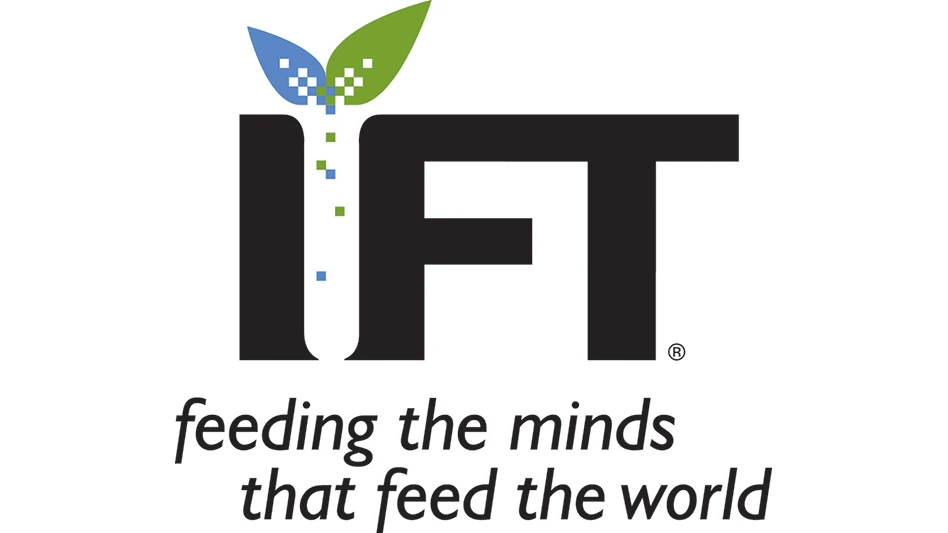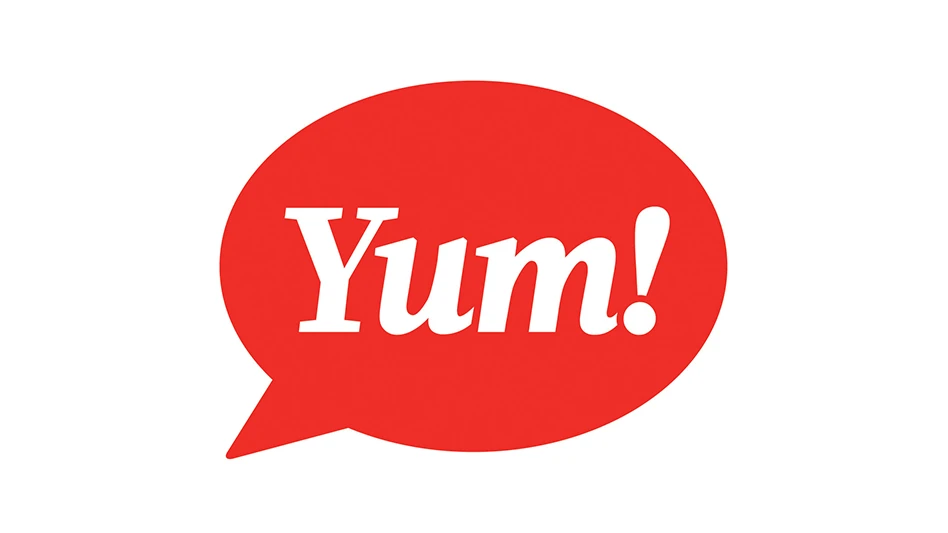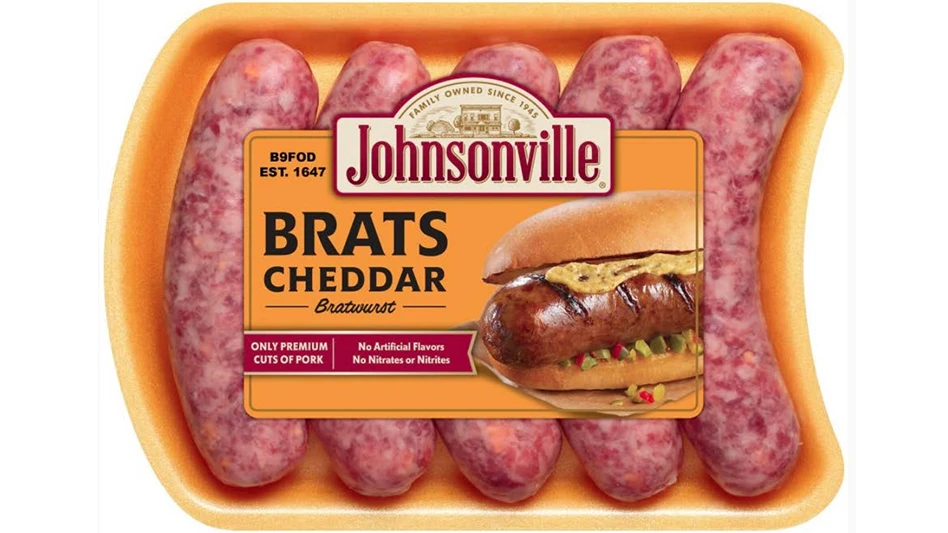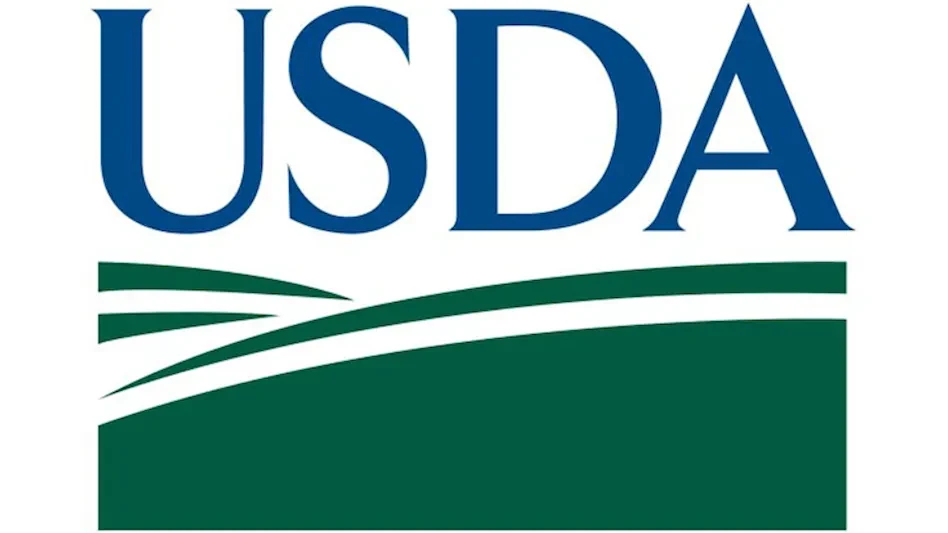
Many baking and other food-production companies are taking a hard look at the ingredients in their products. In many cases, there is effort put forth to reduce, simplify, or clean up ingredient lists to meet market demand.
As manufacturers embark on this journey, they face several challenges. First and foremost is the lack of a common definition of what “clean label” means.
THE CLEAN LABEL.What is clean label? It is a confusing term for consumers and industry. The market is crowded with all types of label statements on products, from organic to natural. Different segments of the population tend to focus on one or more lists or terms to define good food. Regardless of how you define it, the clean label trend is growing and not going away any time soon.
Many market research companies that consistently track the food industry are showing growth of this trend among consumers. However, the term is also associated with a number of dilemmas:
- Although the industry uses the term clean label, 45% of U.S. consumers do not know what it means, according to research conducted by Canadean.
- Even within the industry, we do not all share a common definition of what should be included in clean or simple labels.
- Several retailers and food service providers have their own lists of what are acceptable and not acceptable ingredients.
- Often clean label goes beyond nutrition and focuses on how the products are made.
While there is no common consumer perspective on what designates a clean label, all data point to common themes, such as short ingredient lists, recognizable ingredients, minimal processing, nothing artificial, etc. For some consumers, this means only purchasing organic or natural, but in many ways, this trend surpasses even those hurdles.
Simplicity is a key driver behind this trend, according to Innova Market Insights, resulting in fewer and simpler ingredients that consumers recognize. “Homemade” and “home-style” are popular terms that consumers are looking to find.
Research conducted by Corbion indicates that 72% of consumers are looking for ingredient lists that are simple and understandable; they believe that a simpler ingredient list will help them down the road of health and wellness.
How many ingredients are on your label? How many do you need to make a good quality product? These are key questions to ask yourself. While consumers do not want long confusing ingredient legends, they do want high-quality, convenient foods that have a fair shelf-life.
A large number of consumers (30% in Canadean’s survey) also link clean label with “free from artificial ingredients.” Many of these common themes tie into a back-to-basics view that seems to be common, especially among millennials. Basics include ingredients and processes. For instance, fermented foods are growing in popularity due to the return to more traditional processing techniques. It is almost a backlash against what some consumers see as an industrialization of food.
Since consumers do not have a common definition of clean, industry professionals should be able to look to regulation for guidance. Unfortunately, clean is not defined by a regulatory body. In fact, FDA and its counterparts in other countries often allow for ingredients to be used that many consumers seem to view poorly.
While clean label is not the same as organic or natural, these are used as markers by some consumers. Organic is defined in multiple countries around the world. Unfortunately, natural is not as stringently defined. However, there are published guidelines for use of natural. By and large the key message is no artificial colors, preservatives, or flavors.

REMOVING INGREDIENTS. Regardless of how it is defined, clean label requires removing ingredients. With the lack of clear industry definitions and standards for clean label, it is up to each manufacturer to make its own internal decisions on what to include or not include in its products. For guidance, food manufacturers can look to market research as well as lists by retailers, such as Whole Foods or Kroger.
Clean label is really a continuum. What is helpful for companies is to look at the ingredients in their products in three categories:
- What ingredient must always be present to make the product?
- What ingredient can never be present in a product?
- What ingredient will sometimes be in a product?
As you embark on the clean-label journey, you will find that ingredients such as artificial flavors, colors, and chemical preservatives are often the first to be removed. But some of these have key functional roles in the product; for example, removing an artificial flavor can dramatically change the taste and, possibly, the consumer acceptance of a product.
In many cases, manufacturers look for natural options for delivering the same functionality, but it is very difficult. Thus, it is important to work closely with your suppliers, as they can provide viable options. Be sure to communicate processing and shelf-life considerations to suppliers, because alternatives to some of the removed ingredients may not work across wide temperature or pH ranges.
If ingredients that provided process tolerance and dependable product quality are removed, alternative ingredients can be more expensive and may not provide as much tolerance. But food producers still must produce high-quality product at the same speeds and throughputs. The profit margins are simply too narrow in many cases to lower production output.
AN EXAMPLE: BAKED GOODS. Consistency in controlling the times and temperatures of the process is important to make sure that product quality is consistent from day to day and shift to shift. For example, in baking, the goal is to produce each loaf of bread or each cake consistently every day.
This requires a return to the basics of the baking process which are controlling the times and temperatures for mixing, fermenting, proofing, baking, and cooling. Tight control of the process times, temperatures, pH, and total titratable acid (TTA) can go a long way to ensure consistent results. Removing or replacing artificial ingredients can lead to textural, quality, and shelf-life changes in the product. For instance, the removal of artificial preservatives can lead to mold growth occurring sooner if viable alternatives are not used. Natural preservative options include some traditional ingredients, such as vinegar, as well as some fermentation derivatives such as cultured whey, flour, or starch.
It also is important to understand what the consumer expects for product shelf-life. For baked goods, consumers typically want mold-free products with moist and tender characteristics, however baked foods are an excellent medium for the growth of mold. Mold likes fairly warm temperatures, plenty of oxygen, a slightly acidic condition, and available moisture.

Bread produced without the use of any mold inhibitor will typically have a mold appear on the product in three to five days if stored at room temperature. If the product is refrigerated or frozen, that will lengthen the mold-free time. However, refrigeration brings in another issue, as it speeds up the rate at which starch undergoes firming or staling.
Thus, to control mold in bread the baker should take these steps:
- Minimize mold contamination of the product. An example of this would be the proper cleaning and sanitizing of all equipment that comes in contact with the bread.
- Control factors that enhance mold growth such as temperature, pH, presence of oxygen, and water activity. For instance, letting bread cool before it is packaged will reduce condensation which may facilitate mold growth.
- Establish clear expected shelf life. Label the shelf life to provide the consumer with a product that is mold free. If your product is to be consumed in 24 to 48 hours, then the risk of mold is much less. However, if the expectation is that your product will last seven to 10 days, you will need to address mold.
In clean labeling production, bakers commonly turn to enzymes to provide product quality or shelf life. Remember that all enzymes are proteins that perform as catalysts and make the reaction occur more rapidly.
While the enzymes used in baking are not themselves living organisms, they are produced by living organisms through fermentation where the enzymes are excreted from a host organism such as mold or bacteria. Enzymes create change without themselves being changed, which allows the reaction to continue for some time before the enzyme is deactivated, usually by heat in an oven.
Not all enzymes are created equal. They are substrate specific. An enzyme will only react with the substrate that will interact with the enzyme’s active site. As an example, an amylase may only work with amylose, a protease only breaks down protein. Specificity of enzyme is a critical consideration when added to a dough or batter. Thus, bakers must closely work with suppliers to identify the functional role the enzyme needs to carry out.
All enzyme reactions require time to occur. Temperature and pH affect the reaction rate. Generally both temperature and pH are bell-curves, with an optimal point and decreasing rate on either side of that point. The shape of the curve varies, depending on the sensitivity of the enzyme and the concentration of enzyme and substrate. Many enzymes double in activity for each temperature increase of 18°F.
When selecting an enzyme for a certain purpose we need to know at which range (e.g., pH, temperature, etc.), the enzyme is expected to act and choose the product accordingly.
Generally, the supplier will provide the information on an enzyme’s optimum conditions. On the other hand, you should give your supplier the information about the conditions that prevail in your process and product so they can help you in your selection.
Potential challenges when using enzymes include the variation in level of purity between enzyme suppliers. It is difficult to compare enzymes between suppliers without conducting a series of bake tests. True performance of the enzyme will change with changes in processing conditions. Longer processing times allow for more enzyme reaction. Warmer temperatures speed up the reaction, producing faster results, which may or may not be of benefit to the product or process.
MEETING THE CHALLENGE. One of the greatest challenges for food producers when switching from artificial ingredients to “clean” ingredients is the reduction of processing tolerance and a tighter need to control the process temperature and time to maintain quality. Clean label production requires use of tighter processing controls and a return to key controls such as time, temperature, pH, TTA, etc., to maintain consistent high-quality product.
As you take a hard look at the ingredients in your products to reduce, simplify, or clean up your formula list and meet market demand, turn back to the basics to help you meet the challenges.
The author is AIB Director, Global Innovation, Baking & Food Technical Services.

Explore the October 2017 Issue
Check out more from this issue and find your next story to read.
Latest from Quality Assurance & Food Safety
- Chlorine Dioxide: Reset the Pathogenic Environment
- Ferrero Group Invests $445 Million in Ontario Production Facility
- Nelson-Jameson Announces Grand Opening for Pennsylvania Distribution Center
- Taylor Farms Linked to Romaine E. coli Outbreak as Marler Clark Files Multiple Lawsuits Against Supplier
- IAFNS Announces Winners of Emerging Leader Awards for Food Safety, Nutrition
- FDA Shares Testing Results for PFAS in Bottled Water
- Provision Analytics Adds Food Safety Expert Jennifer Williams to Strategic Advisory Group
- Boston Sword & Tuna Protects Seafood Safety with Mettler-Toledo Metal Detectors






